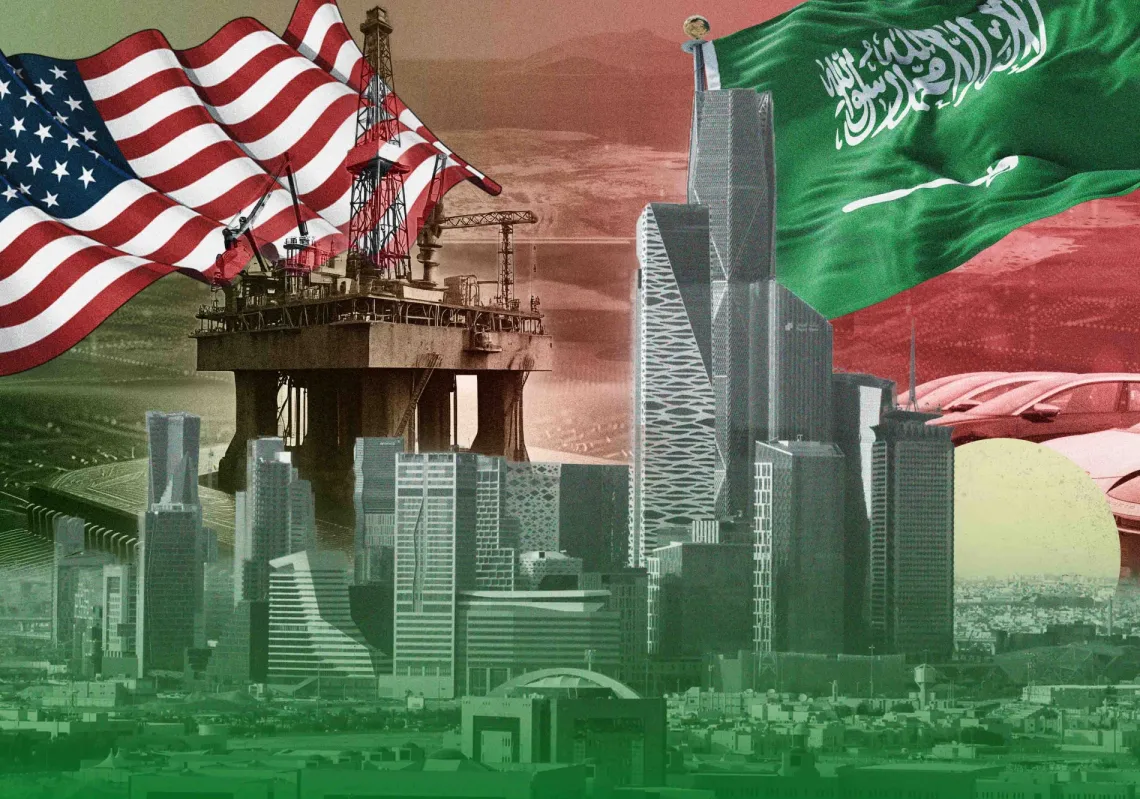 Syrian refugees boys push a wheelbarrow along a road in the Zaatari refugee camp, a seven-square-kilometre (2.8-square-mile) camp that is home to more than 100,000 refugees, on April 15, 2014, some 10 days after riots killed one refugee and left dozens, mainly policemen, injured. The kingdom which neighbours Syria along its northern borders is hosting more than 500,000 Syrian refugees. AFP PHOTO/KHALIL MAZRAAWI [/caption]
Syrian refugees boys push a wheelbarrow along a road in the Zaatari refugee camp, a seven-square-kilometre (2.8-square-mile) camp that is home to more than 100,000 refugees, on April 15, 2014, some 10 days after riots killed one refugee and left dozens, mainly policemen, injured. The kingdom which neighbours Syria along its northern borders is hosting more than 500,000 Syrian refugees. AFP PHOTO/KHALIL MAZRAAWI [/caption]
How to Head Off a Humanitarian Crisis
by Alexander Decina
As Russia’s “de-escalation plan” for the ongoing war in Syria takes effect, neighboring countries are keen to return massive Syrian refugee populations to the four safe zones that the plan establishes in the western part of the country. Key leaders in Lebanon and Jordan are continuing to advocate for return, and according to Turkish officials, Turkey has facilitated the return of at least 110,000 refugees to Syria as of June 20, 2017. Pushing for the premature return of refugees in Syria is incredibly dangerous and shortsighted. Russia’s proposal may well be the only path to a negotiated settlement between the regime of Syrian leader Bashar al-Assad and the Sunni Arab opposition, but the safe zones are far from ready for the return of refugees.
Although Russia’s de-escalation plan officially went into effect in early May, continued regime offensives in multiple areas that are ostensibly under ceasefires show that the safe zones are still in their infancy. The zones—each strongholds of the opposition—will not truly be safe until pragmatic elements in the opposition and their external backers can defeat extreme elements. The battles to come will mean continued displacement in the near term, and if return happens before the conflict is over, it will result in far more deaths and make lasting settlement and reintegration much less likely.
GUARANTEEING PEACE
The core challenge in creating genuine safe zones in the four proposed areas—Idlib province, the northern Homs countryside, east Ghouta, and parts of Dara’a—is ensuring that the dominant groups there will abide by ceasefires and that they will eventually accept and uphold a more comprehensive peace agreement. To this end, irreconcilable groups—“terrorist groups,” as Russia’s plan calls them—must be identified and then isolated, defeated, or removed from the safe zones. Russia’s plan stipulates that “guarantors” and agreed-upon partners on the ground should fight these irreconcilables.
Which groups will be reliable partners and which groups qualify as irreconcilables remain unclear. Moreover, at present, Turkey is the only pro-opposition guarantor state. Greater international participation—especially by the opposition’s other backers—will be necessary for the plan to be successful. Once these details are worked out among international powers, extensive military campaigns will be necessary to remove extremists from the safe zones. These campaigns will vary from area to area.
In Idlib province, for example, extremists such as Hay’at Tahrir al-Sham (HTS, the latest iteration of Syria’s al Qaeda affiliate, Jabhat al-Nusra) are far more dominant, and substantial foreign intervention on the ground and in the air will be necessary to defeat them. For this, Turkey and Russia have already discussed the deployment of Turkish troops. In Dara’a, extremist groups are not as dominant, but they nonetheless have a significant presence, and Jordanian and U.S. backing will likely be necessary to remove them given that Turkey has little if any influence in the south and cannot provide an adequate support role. The other two safe zones, in the northern Homs countryside and eastern Ghouta, will be more difficult to establish and protect because they are surrounded by regime-controlled territory and harder for outside powers to access. These areas will require even further cooperation with Russia and the regime to operate.
As Jordan, Turkey, the United States, and their partners in Syria combat extremists, they will be forced to fight in Syria’s cities. Necessary as these battles are, they do not bode well for Syria’s civilians, especially since hundreds of thousands of displaced persons have fled to major urban centers over the past six years of conflict. Civilian homes will be the battlefield, and the civilians will be the first casualties of both operational mistakes and deliberate targeting.
There is no realistic way to avoid casualties and displacement in the next stage of the war, but guarantors should borrow some lessons from the U.S.-led coalition’s experience in its offensives in Raqqa and Mosul. First, guarantors must provide safe settlement options in the countryside—accessible by UN aid agencies—that offer displaced Syrians security, shelter, services (including healthcare, hygiene, and sanitation), food, water, and core relief items. If such settlements are provided closer to civilians’ areas of origin, they will be more likely to return to their homes when the conflict subsides and conditions improve.
Second, guarantors must try to contain the fighting to urban environments as much as possible to prevent the spillover of violence in the countrysides and to secure humanitarian corridors that allow the retreat of civilians from cities. The degree of displacement will depend on the extent to which military operators consider the management of civilian populations prior to and in the midst of combat.
PROTECTING REFUGEES
As the guarantors take the fight against extremists to the safe zones’ urban centers, they must strive to avoid emboldening neighboring states to encourage or coerce the premature return of their refugee populations to Syria.
Neighboring states, which have called for safe zones as a solution to the refugee crisis, have signaled that Russia’s plan might provide an immediate avenue for return, but the widespread return of Syrian refugees to areas where conflict is still raging would create a humanitarian disaster in and of itself. If guarantors are unable to contain the conflict against the extremists and fighting spreads to the countrysides—a likely outcome—Syrian returnees would be forced to again flee to neighboring states or travel onward to Europe. Similarly, if humanitarian conditions and access to critical services deteriorate, civilians would have no choice but to leave.
[caption id="attachment_55254072" align="aligncenter" width="900"]
 A young migrant woman from Syria stands with her bags after crossing the Greek-Macedonian border near the town of Gevgelija on February 23, 2016.
A young migrant woman from Syria stands with her bags after crossing the Greek-Macedonian border near the town of Gevgelija on February 23, 2016.Greece has expressed "displeasure" to the EU over tougher border controls by Balkan countries that have stranded thousands of migrants in the country, Prime Minister Alexis Tsipras' office said on February 23. / AFP / Robert ATANASOVSKI [/caption]
The best way to combat the threat of early return is bolstering host-states’ immediate and long-term capacity to support refugees. Jordan, Lebanon, and Turkey, with underfunded refugee assistance programs, are experiencing economic, social, and political fatigue as a result of the Syrian crisis. If the international community commits to properly funding programs to stabilize and protect Syrian refugee communities across the region, then host-states will be less likely to consider refoulement. Failure to assist these countries could result in a second migration of Syrians to Europe, repeating the 2015 refugee migration to Europe.
To date, Russia’s plan is the most significant diplomatic attempt to solve the crisis in Syria, and it is likely the only path forward to unwinding the conflict. That said, the plan has significant flaws. Not least among them is that it fails to outline adequate steps to protect civilians in the fighting to come, and it only offers lip service to creating conditions for the return of displaced Syrians. If not properly orchestrated, the establishment of safe zones could worsen the humanitarian crisis. And even if implemented correctly, these zones should not be taken as a green light to return refugees.
Given that Russia is eager to gain international support for its proposal, members of the international community—especially the United States—have leverage to ensure that it and the other guarantors weave in humanitarian mechanisms to protect civilians and mitigate displacement. The international community must also prevent the premature return of Syrians to the safe zones by adequately supporting countries in the region that are hosting Syrian refugees. Whether the United States and its partners undertake these measures remains to be seen, but without them, safe zones can be neither fully nor responsibly implemented, and the impact of their failure will be felt in Syria, in the region, and beyond.
This article was originally published on ForeignAffairs.com.









